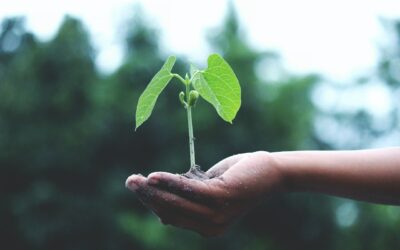This post was originally published on Colossal
Kelly and Kyle Phelps will be co-teaching ‘The Narrative Figure: Stories in Clay’ from July 26 to 30. All images courtesy of Peters Valley School of Craft, shared with permission
Peters Valley School of Craft enriches lives through the learning, appreciation, and practice of fine craft. For more than 50 years, accomplished artists and students have come together as a community to harness the power of creativity and joyous lifelong learning in the beautiful Delaware Water Gap National Recreation Area. We are firmly dedicated to inclusion, diversity, equity, and access and welcome the experienced professional artist, the new learner, the collector—and everyone in between—to be touched by the power of craft.
Throughout the year, people come to Peters Valley for meaningful hands-on learning with expert instructors in myriad disciplines, like blacksmithing, fine metals, ceramics, woodworking, printmaking, fibers, and more. From novices to advanced artists, all are invited to gather for weekend or week-long workshops for an immersive experience like no other.

Lars Shimabukuro will be teaching ‘All About Double Weave’ from August 16 to 20
Workshop participants range in age from 18 to 80+, beginner through advanced, from all walks of life, forging new connections across demographics. All share in a communal lunch at the dining hall and are encouraged to visit studios in the evening. Plus, Friday night instructor presentations give everyone an incredible insight into the process and inspiration of the visiting artists.
Our dormitories, studios, dining hall, office, and gallery are housed in mostly historic farmhouses and structures, some of which are only partially accessible. The terrain is natural; paths, driveways, and even some roads are not paved. There are no streetlights in the park, allowing for gorgeous night skies. We are surrounded by waterfalls and hiking trails and located just two miles from the Delaware River.
In addition, all are invited to get inspired and support local and national artists through our in-person and online galleries. Shop handmade crafts from over 250 makers at our physical location, which is open every day from 10 a.m. to 6 p.m., or visit PetersValleyGallery.org to shop online. Proceeds from all sales support independent working artists and Peters Valley’s educational programs. At our Sally D. Francisco Exhibition Gallery, numerous professional exhibitions are showcased each year, and you can find current and past shows on our website.
Visit PetersValley.org to start your journey today!

Ashley Page will be teaching ‘Experimental Printmaking’ from August 2 to 6

Jordan Borstelmann will be teaching ‘Forging a Viking Axe’ from August 2 to 6

Rebecca Hutchinson will be teaching ‘Really Big, Really Light with Paper Clay’ from June 14 to18
Do stories and artists like this matter to you? Become a Colossal Member today and support independent arts publishing for as little as $5 per month. The article Peters Valley School of Craft Offers Fine Craft Programming in the Delaware Water Gap National Recreation Area appeared first on Colossal.





0 Comments